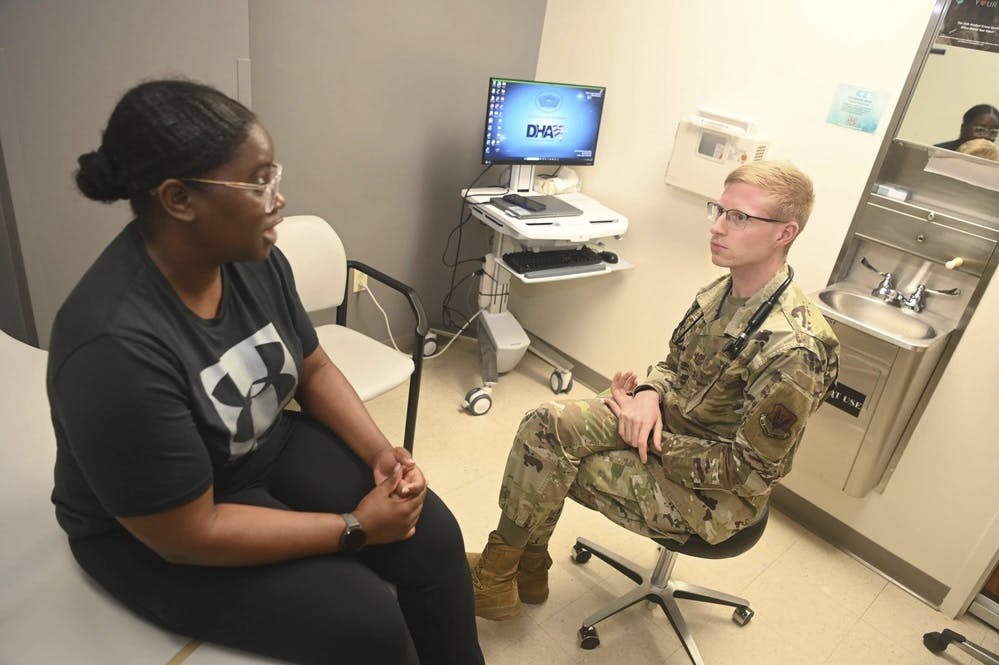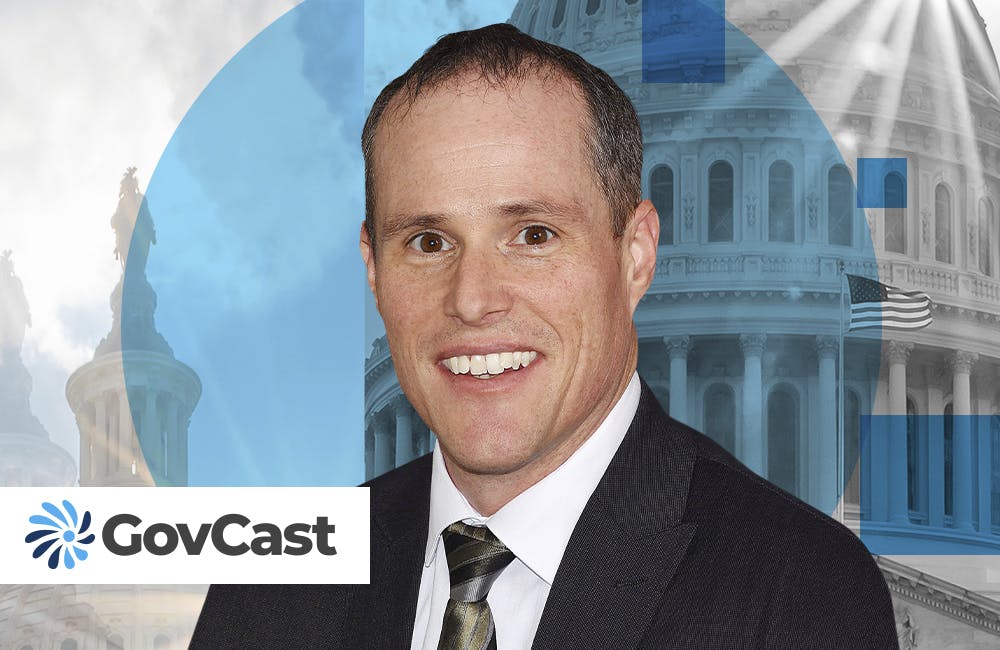This Virtual Assistant Uses AI to Improve Case Management at VA
The agency’s veteran readiness division lead explains new digital tools that are improving veteran employment services.

The federal program that helps veterans with service-related disabilities explore employment and education options is using more digital tools to improve how it communicates with veterans and delivers customer service.
The head of the program, called the Veteran Readiness and Employment (VR&E) division under the Veterans Benefits Administration at the Department of Veterans Affairs, outlined several new modernization initiatives it implemented during the COVID-19 pandemic such as digitization and virtual video capabilities.
Before the pandemic, the division was “still a paper-intensive line of business,” Executive Director Nick Pamperin told GovCIO Media & Research. “A counselor would have a trifold folder where they would hand write notes and enter them into a computer system. Obviously, with not being able to go into the office, that just wasn’t going to work. Within 72 hours of COVID protocols being implemented, VR&E routed all incoming paper mail to our centralized vendor. Then it was scanned and uploaded into the Veterans Benefits Management System so [we] could still … maintain continuity of case management.”
Plus, VR&E already offered some virtual services before the pandemic. Pamperin said VA shifted its processes and procedures to continue to deliver interactive services to veterans like counseling and career services and also boost its existing virtual capacities.
One of the main services the division leveraged was its VA Video Connect. The platform allows veterans and their caregivers to meet with VA health care providers through live video on any computer, tablet or mobile device with an internet connection. The telecounseling platform has enabled the greater agency to interact and engage with veterans, and it allowed these career counselors to continue that engagement.
“We expanded telecounseling to our entire veteran population. We were set up for success for this,” Pamperin said. “During COVID-19, we scheduled over 200,000, almost 210,000, virtual telecounseling appointments with veterans, so it’s still allowed that face-to-face interaction that our counselors need.”
To streamline its customer service support, in 2020 the division implemented an electronic virtual assistant called e-VA to automate routine administrative tasks and create additional communications layers between veteran counselors.
“This is a big communications shift. It allows email communications back and forth that allows veterans to do several services that they previously couldn’t do unless they reached out to their counselor via the telephone,” Pamperin said.
The AI-powered virtual assistant allows veterans to schedule and reschedule appointments, text and email their counselor, and submit documentation privately and securely from their own devices. The new platform was designed to enhance customer service and provide timely responses.
“There’s some artificial intelligence that it leverages in there when it looks at tone of emails and content to help drive the veteran to the service they need,” Pamperin said. “Some of the ways it’s really benefited streamline functions is it allows for bidirectional email communication. … We can track responsiveness and timeliness in a much more robust fashion.”
The tool also sets up automatic alerts for veterans and counselors, sends follow up messages and appointment reminders, and automates documentation of routine communications. The platform will update VA’s internal case management system as veterans enter new information, which then improves continuity of care and communication capabilities.
Since implementation of e-VA and with a 96% adoption rate, the agency has already been able to automatically schedule 360,000 appointments, Pamperin said. This has both enabled veterans to take control of their communication with the agency and reduced workforce burden on VA.
“It’s really a win for veterans and for our counselors out in the field,” Pamperin said.
The division is looking to expand veteran adoption of the tool to better reach underserved populations, like veterans in rural areas, in a “much more user-friendly capability.”
“One of the ways that we’re continuing or striving to serve rural areas or just underserved veterans in general is through e-VA. Here at the service level, we have the ability to send mass targeted communications directly to veterans,” Pamperin said. “We were able to send to 10,000 veterans that were at job-ready status a specific, targeted message that said, ‘We have these three employers that are all looking for jobs in the following 10 skills.’”
As part of the division’s strategic roadmap, VR&E also is aligning with President Biden’s recent directives regarding cybersecurity, supply chain and customer experience.
“We need to continue to capitalize on the successes that modernization has brought to VR&E. We need to continue to look at modernizing not just our technology, but also our processes and procedures,” Pamperin said.
This is a carousel with manually rotating slides. Use Next and Previous buttons to navigate or jump to a slide with the slide dots
-

FEHRM CTO Targets Two-Year Cloud Migration for Federal EHR
Lance Scott touts new EHR tech advancements, including cloud migration, expanded data exchange and AI integration to improve care delivery.
4m read -

AI Enables Coast Guard’s Workforce to Transform Operations
The Coast Guard’s Deputy CIO Brian Campo delves into the ways AI is pushing the service to rethink its core services, workforce and operations.
14m watch -

DOL Turns to Workforce Development to Maintain AI Superiority
DOL is bridging the AI skills gap through partnerships and upskilling to ensure future AI workforce readiness.
10m watch -

Trump’s Executive Order Spurs Federal Push for AI Literacy
Agencies are ramping up AI literacy efforts across the federal workforce and education systems after Trump's executive order on AI education.
5m read








